The early signs of balding and how to stop them?


Related products
What’s covered?
The early signs of balding and how to stop them?
Identify the early signs of the balding process for easy treatment and better results.
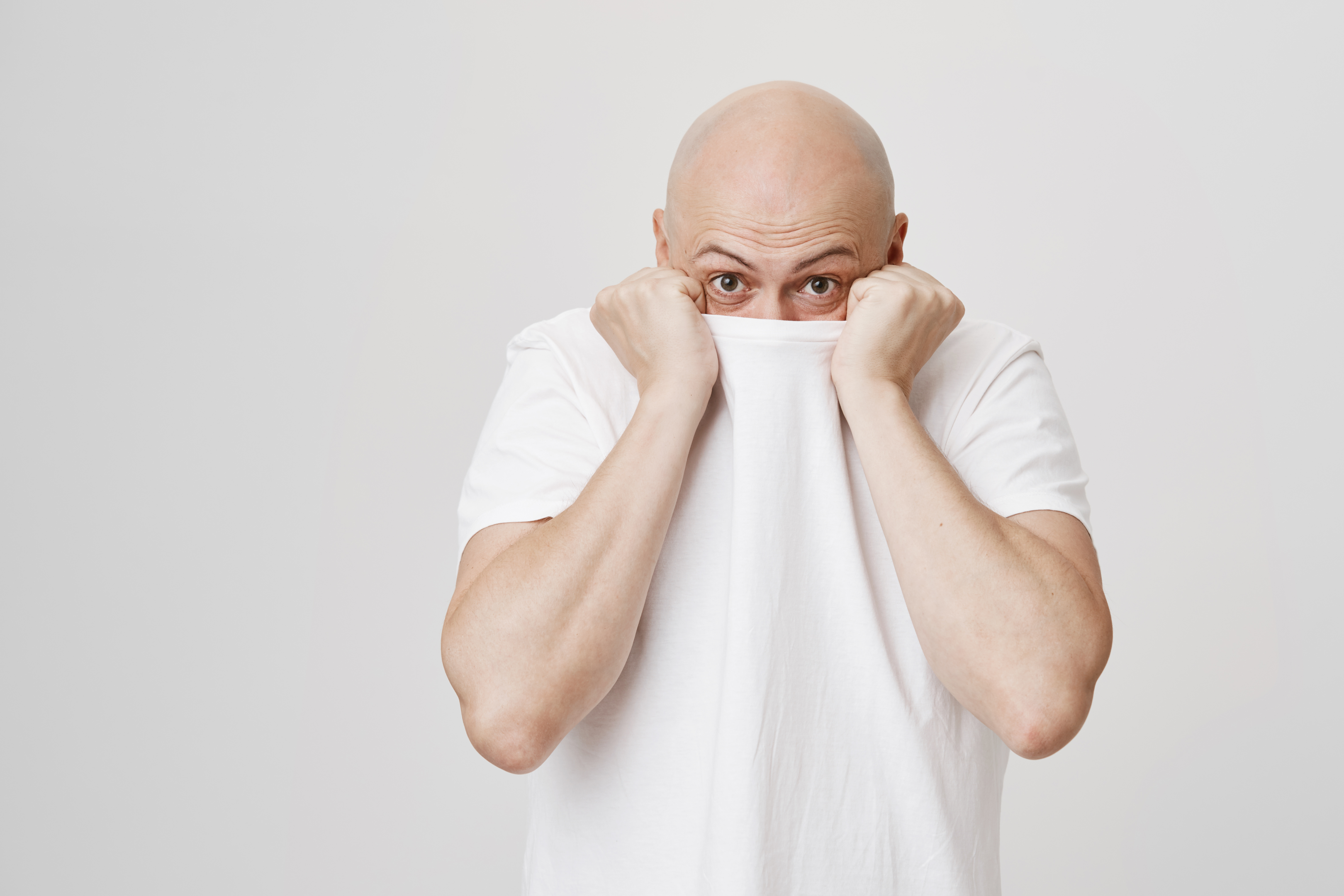
Hair thinning and hair fall is a normal part of the ageing process. But, you may also start losing hair at an earlier age. Regardless of age, you don't lose your hair overnight. With some exceptions (e.g., anticancer therapy, etc.), it is a very slow process and takes years and even decades to complete.
But, most of us tend to ignore the hair fall until bald patches have appeared or hair thinning has advanced too far. At this stage, treatment will be much less effective.
How much hair should you lose naturally?
Not every hair fall is a worrying sign. You lose some hair threads regularly as a part of the normal turnover of the hair follicles. It is common to lose 50-100 hair threads regularly due to a normal turnover of the hair follicles. This figure is for the average scalp and can vary from person to person. It can be up to 150 hairs per day for a high-density scalp.
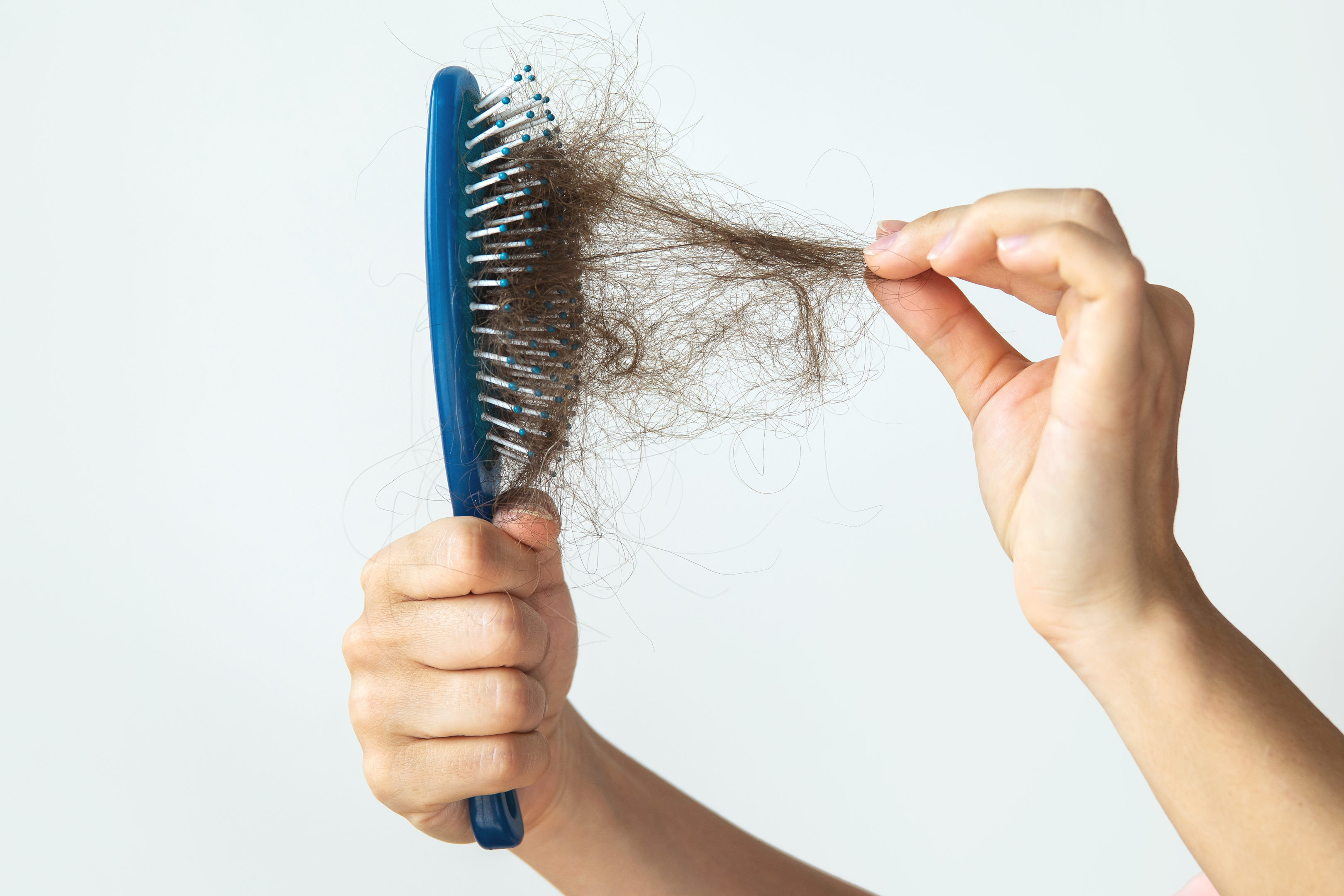
This hair fall is exacerbated due to several factors, e.g., androgenic alopecia (female and male pattern baldness), thyroid issues, nutritional deficiencies, infections, environmental factors, mechanical stresses during combing and styling, lifestyle stresses, etc. In the case of women, hair fall is increased by menopause, pregnancy, etc.
Why is early detection important?
If you are losing more hair than normal hair loss, there could be several reasons. Regardless of the causes, it is important to observe and note the early signs of hair loss. Only then will you be able to find the reason and slow down, stop or even recover the hair loss. These earlier signs of hair fall are noted in any hair loss.
1. A receding hairline
Note your hairline and compare it to some old photographs 3-5 years back. If you note any change, it is likely a sign that you are losing hairs more than normal, and your hairline is retreating. It can occur at any age, as low as teenage.
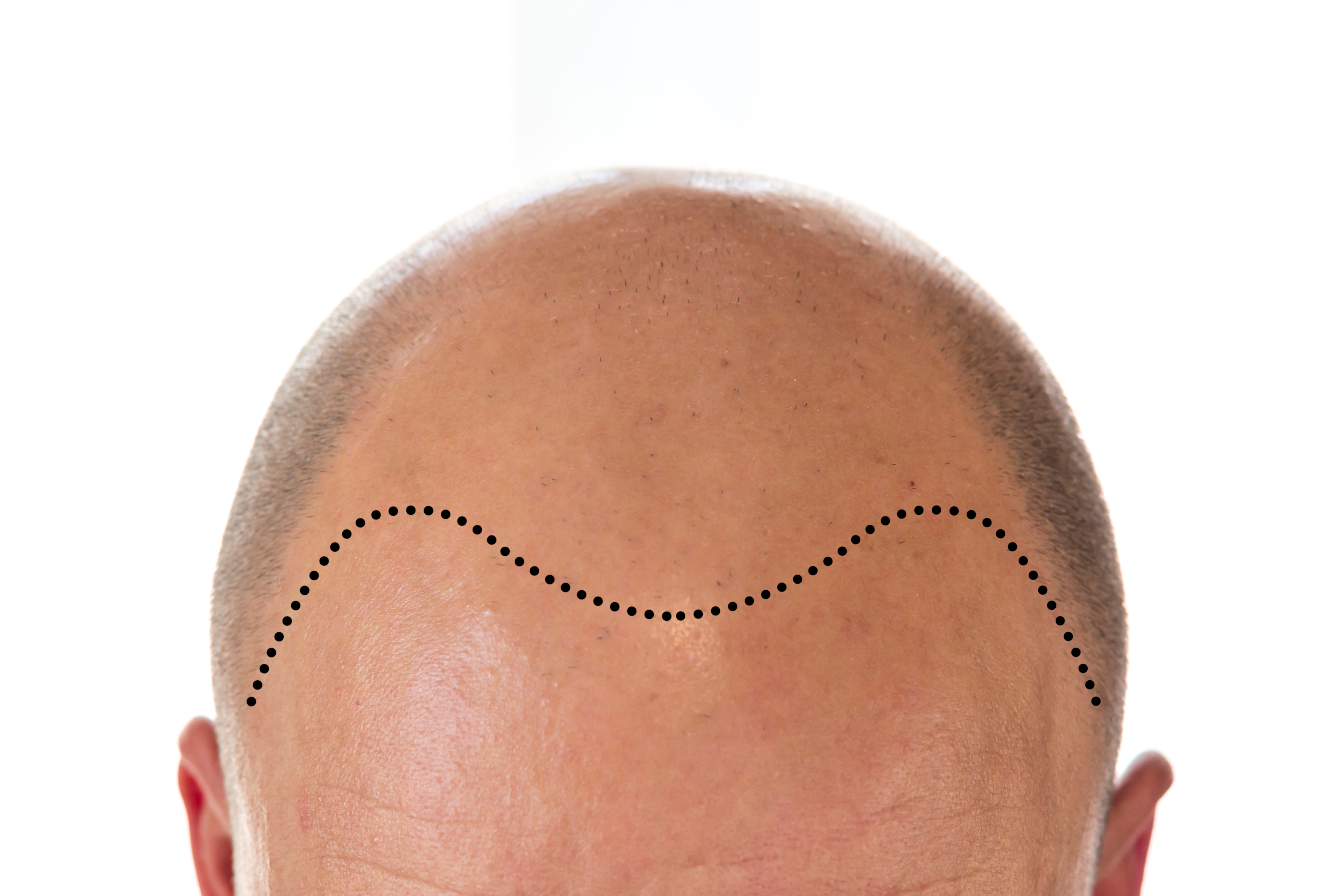
Note the hairs present at the temples, and they would look thinner and weak. It is because they are spending more of their time in the resting phase. In the case of women, the cause of a receding hairline could be hormonal changes due to pregnancy and menopause. A thinning hair is a sign of male pattern baldness, which occurs due to increased production of dihydro-testosterone (DHT) and more DHT receptors in the body (higher sensitivity).
2. Bald patches on the skin
Alopecia areata is an autoimmune condition in which your body's immune system attacks its own cells. Such an attack on the hair follicles will result in their mass slaughter, leading to a patch of the bald area on the otherwise normal scalp. You can also develop an itchy scalp.
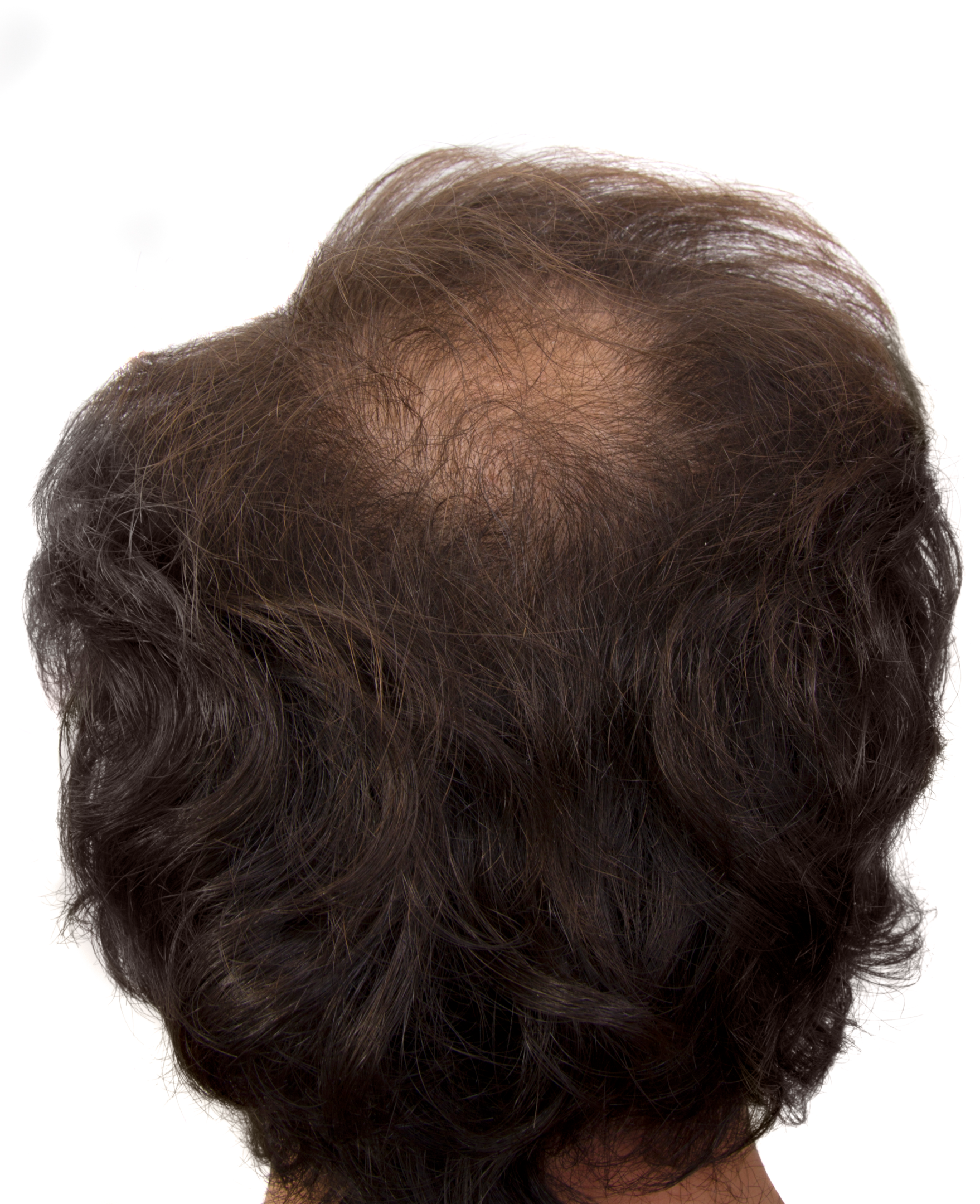
Such patches can develop anywhere, including the scalp, beard, eye burrows, moustache, etc. Such hair loss could be permanent or temporary, depending upon the condition.
3. Your shirt and comb have more hair than normal
If you note more hairs in your comb than normal, it could be an earlier sign of baldness. It is wise to monitor the broken or fallen hairs in the comb. If you note a persistent increase, you should be worried and consult a dermatologist. Finding too many hairs on your shirt is also a warning sign of hair falling.

Such type of hair loss that occurs all over the body is known as alopecia Universalis. It could be due to thyroid gland issues, adrenal gland diseases, iron deficiency, stress, diabetes, hereditary factors, autoimmune conditions, and poly-cystic ovarian syndrome (PCOS) in women. Consult the dermatologist to know what is the exact cause.
4. Hairs falling in clumps
The normal daily hair fall doesn't occur in clumps. The isolated hair thread is found here and there on a comb or shirt. If you note clumps of hair, it could be a sign of some serious medical condition.
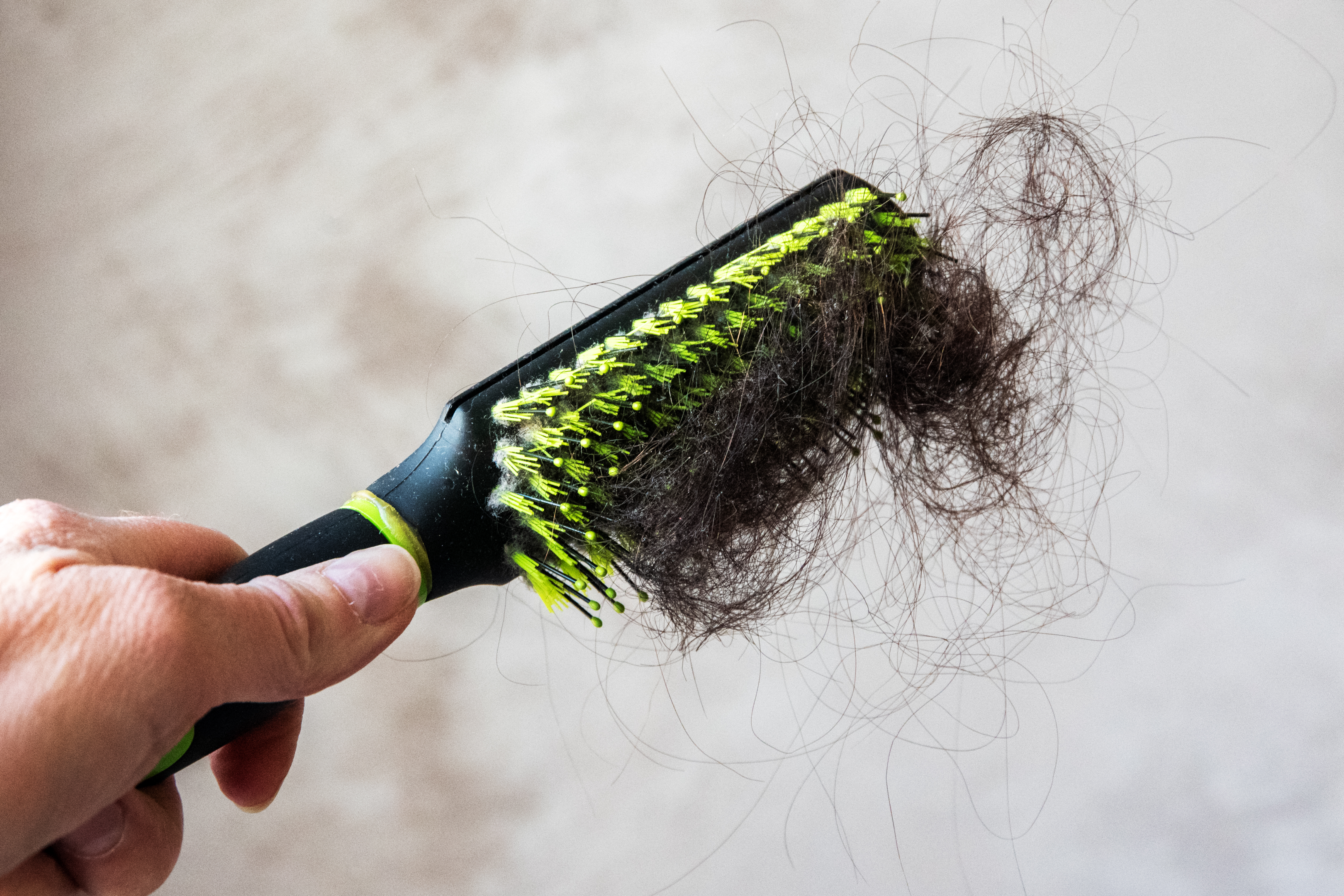
It could mean a scalp disease involving heavy hair loss. Consult your dermatologist to know the cause.
5. Hair thinning at temples and crown
In this condition, you will note that your hairs gradually lose strength and texture. As hairs fall, they are replaced by thinner and weaker hairs. The newly growing coats are light and grow a little smaller than the previous ones.
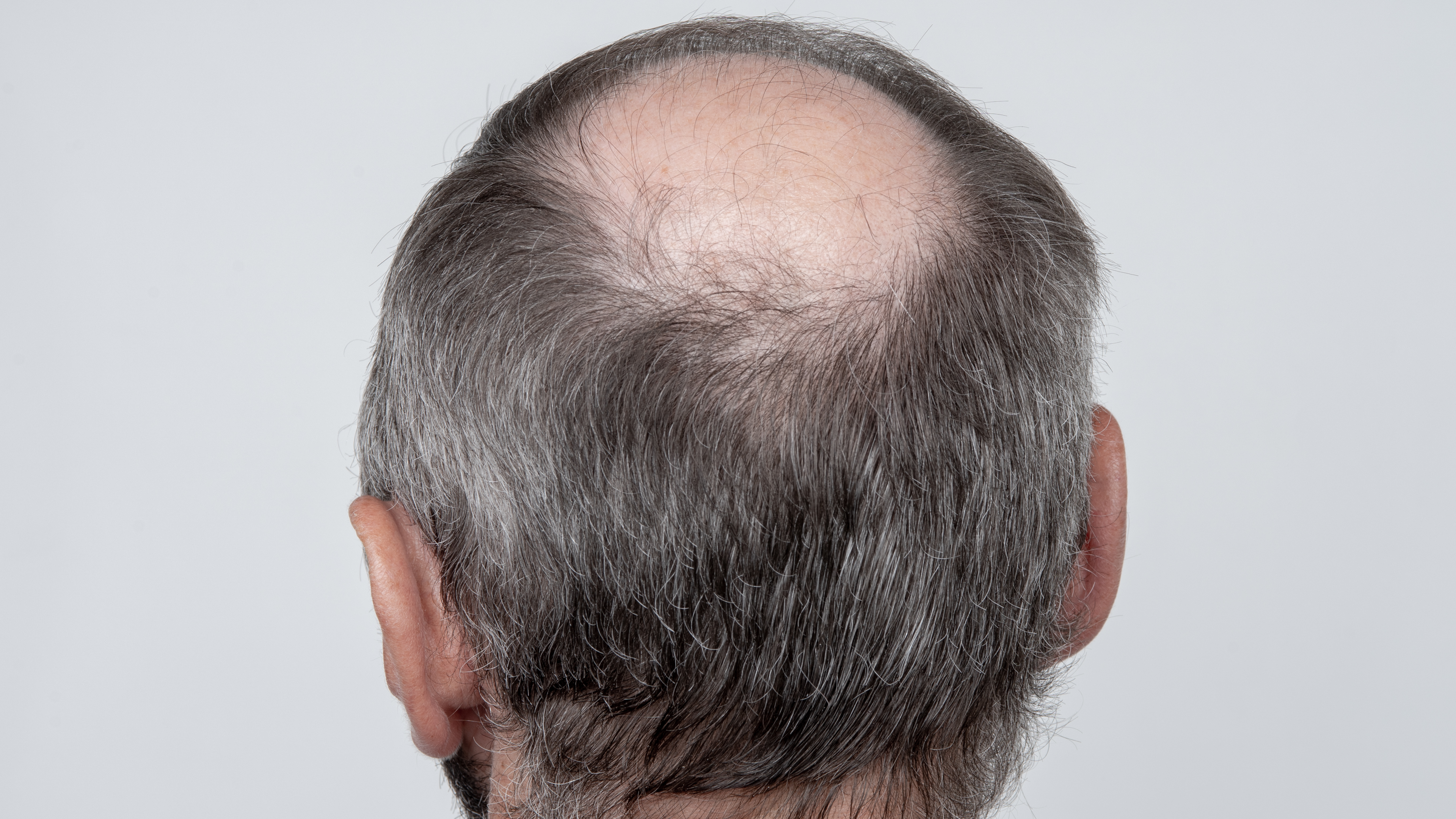
Regardless of the cause, the growth phase of hairs is reduced in duration, and the hair follicles are spending more and more time in the resting phase. Several stresses can trigger this condition.
How can you stop these signs?
It needs commitment and patience to treat hair loss. Sometimes, recovering hair loss may not be feasible, but some practices can avoid further hair loss. The options available at your disposal are;
Medications
Various drugs are available for hair loss treatment. Some drugs improve the blood circulation in the scalp, lengthen the growing phase and block the male hormone dihydro-testosterone (DHT) that causes the miniaturisation of follicles. The most common are;
Minoxidil
It is available as a 2% or 5% topical spray and treats early hair loss by increasing the blood flow towards the scalp and increasing the time the follicles spend in the anagen phase. It is quite effective, and several studies have proven it.
You need to apply minoxidil for months (at least 3-6 months) to note any benefit. A clinical trial study published in the Journal of the American Academy of Dermatology in 2002 found that 48 weeks of minoxidil produced visible changes in hair count, density, and scalp coverage. It also found that a 5% topical solution is more potent than a 2% solution.
See our minoxidil product here.
Finasteride
It is a DHT blocker and is available as 1 mg oral pills. You have to take one pill daily for better results. A pilot study conducted in Japan in 2014 found that regular use of 1 mg/ day for 6 months produced good results in 59.5% of the users.
These drugs, however, have a very short half-life (3-5 hours), and their effects disappear as soon as you stop using them. The hair fall will resume again.
See our finasteride product here.
Retinoids
These are vitamin A derivatives and stimulate hair growth on topical application. They unclog skin pores and also increase the production of new skin cells. Consult the dermatologist before using it as it is a fat-soluble vitamin, and excessive use will harm you (hypervitaminosis A or Vitamin A toxicity).
To view our full range of hair loss treatments, see our information page here.
Platelet-rich plasma (PRP) injection
This technique involves injecting platelet-rich plasma into the affected areas. This plasma is isolated from the person's blood and increases blood flow towards the skin.
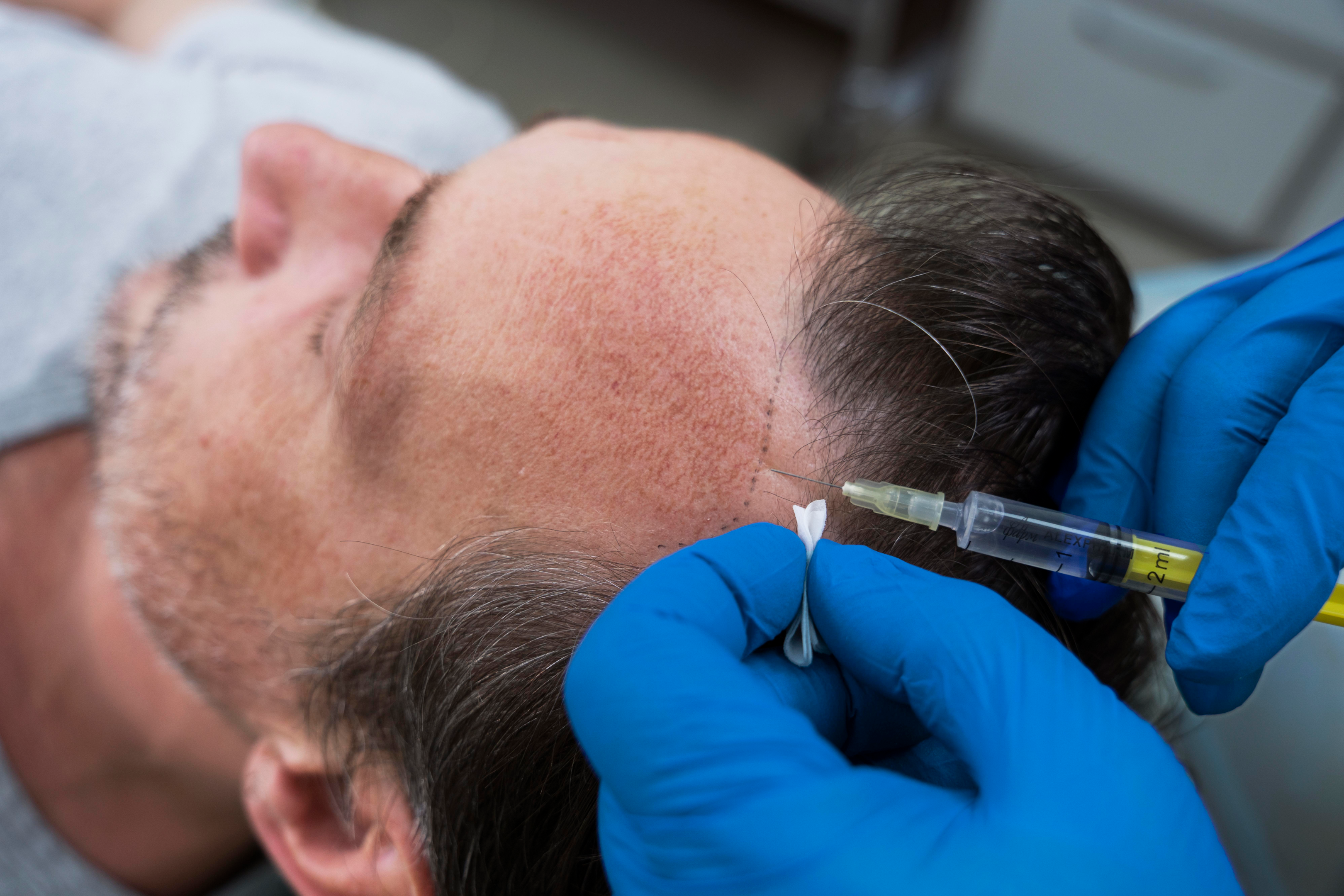
The results of scientific studies are very positive. A 2015 controlled trial study published in the Stem Cells Translational Medicine found that three sessions of PRP (1 session per month) increased the hair density in the target area by 45.9 hair per centimetre square.
Hair transplant
It is a surgical procedure that involves removing the hair grafts from a donor area (the back and side of the head are often used) and transplanting them into the affected area. These hair grafts are genetically resistant to the DHT. So, this hair will never fall out. The hair transplant is done either by FUE (follicle unit extraction) or FUT (follicular unit transplant) technique.
It is a complicated procedure and its results depend upon a number of factors.
Laser treatment
It is a relatively new technique, and safety data is yet to be developed. It has shown promising results in improving the health of skin cells. A 2016 study published in the Lasers in Medical Science noted that all patients (10) stated a complete hair growth at 3-6 month follow-up.
Conclusion
You can lose hair at any age. A sudden hair loss could be due to some underlying disease, while a slow hair loss is common in androgenic alopecia.

Excessive hair loss can be problematic. The causes are many, and so are the treatment options. If you are not okay with a bald head, you can choose any treatment options after consulting the dermatologist. However, early detection of the problem is very important for good results in treatment.
We have a lot of products and information about hair loss available for you at Welzo. Click here to view our page.



































 Rated Excellent by 26,523+ Reviews
Rated Excellent by 26,523+ Reviews